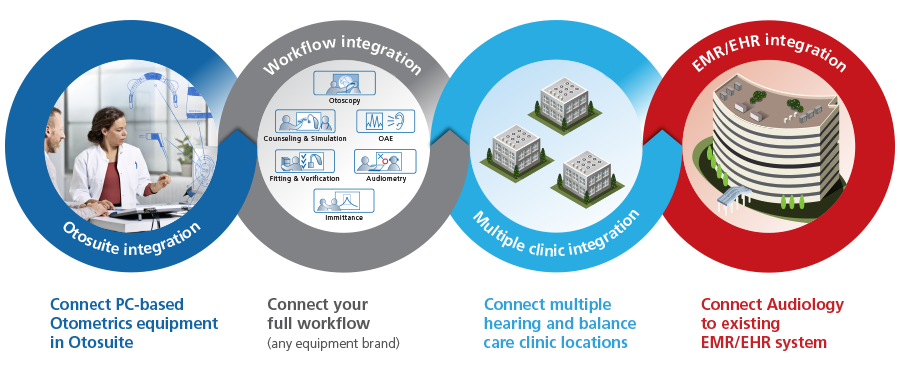Dyslexia Tutoring: Methods And Techniques For Reliable Discovering
Dyslexia Tutoring: Methods And Techniques For Reliable Discovering
Blog Article
Uploaded By-Wren Kline
If you're dealing with a trainee who has dyslexia, you know exactly how important it is to adopt the appropriate approaches. Customizing your method to fit their special requirements can make a significant difference in their knowing journey. By incorporating multisensory techniques and organized literacy programs, you can help them construct essential skills. Yet what certain techniques can you apply to really promote their confidence and development? Allow's check out these reliable methods with each other.
Recognizing Dyslexia and Its Influence On Discovering
Understanding dyslexia is critical because it affects how individuals find out and refine information. If you or somebody you understand has dyslexia, you'll notice challenges with analysis, punctuation, and composing. This isn't a reflection of intelligence; it's about how the mind translates language.
You might fight with phonemic recognition, making it difficult to connect audios to letters. This can bring about frustration and lowered confidence in scholastic environments. Recognizing these patterns is essential for developing supportive understanding experiences.
You'll find that very early treatment and customized approaches can dramatically enhance outcomes. By understanding the distinct ways dyslexia impacts discovering, you can foster an extra comprehensive environment, aiding those influenced flourish and understand their complete capacity.
Efficient Tutoring Techniques for Dyslexic Students
Acknowledging the challenges dyslexic students deal with unlocks to reliable tutoring strategies that can make an actual distinction in their learning journey.
First, use multisensory techniques; incorporate visual, acoustic, and kinesthetic methods to involve them totally. Integrate structured proficiency programs, concentrating on phonics, phonemic recognition, and vocabulary.
Break down tasks right into smaller, manageable actions to stay clear of frustrating them. act prep near me and rep, reinforcing discovering without aggravation. Usage positive reinforcement to boost their confidence and motivation.
https://theconversation.com/if-you-can-screen-for-brown-eyes-you-should-be-able-to-edit-out-genetic-disease-61927 to their one-of-a-kind strengths, and hold your horses as they proceed. Last but not least, preserve open interaction with parents to support their discovering at home.
Creating a Supportive Discovering Atmosphere
Producing a supportive knowing environment is necessary for helping dyslexic students grow. Beginning by making certain the room is quiet and without distractions, allowing them to concentrate totally on their tasks.
Use flexible seating plans that promote comfort and interaction. Integrate visual aids and hands-on materials to enhance learning principles, dealing with their unique handling designs.
Motivate open communication, so trainees really feel secure sharing their struggles and requesting for aid. Commemorate their successes, despite just how tiny, to boost their confidence.
Establish a regular to provide framework, which can lower stress and anxiety. Finally, foster partnership with peers, as social interaction can boost understanding and provide emotional support.
Your efforts will certainly produce a nurturing ambience that advertises growth and resilience.
Verdict
Finally, successfully coaching a dyslexic trainee calls for a blend of understanding, tailored methods, and an encouraging environment. By using multisensory methods and organized proficiency programs, you can aid enhance crucial skills and enhance confidence. Keep in mind to maintain interaction open, break jobs right into smaller sized steps, and commemorate progress, regardless of how tiny. With your devotion and the right technique, you can make a significant distinction in their academic journey and total health.
